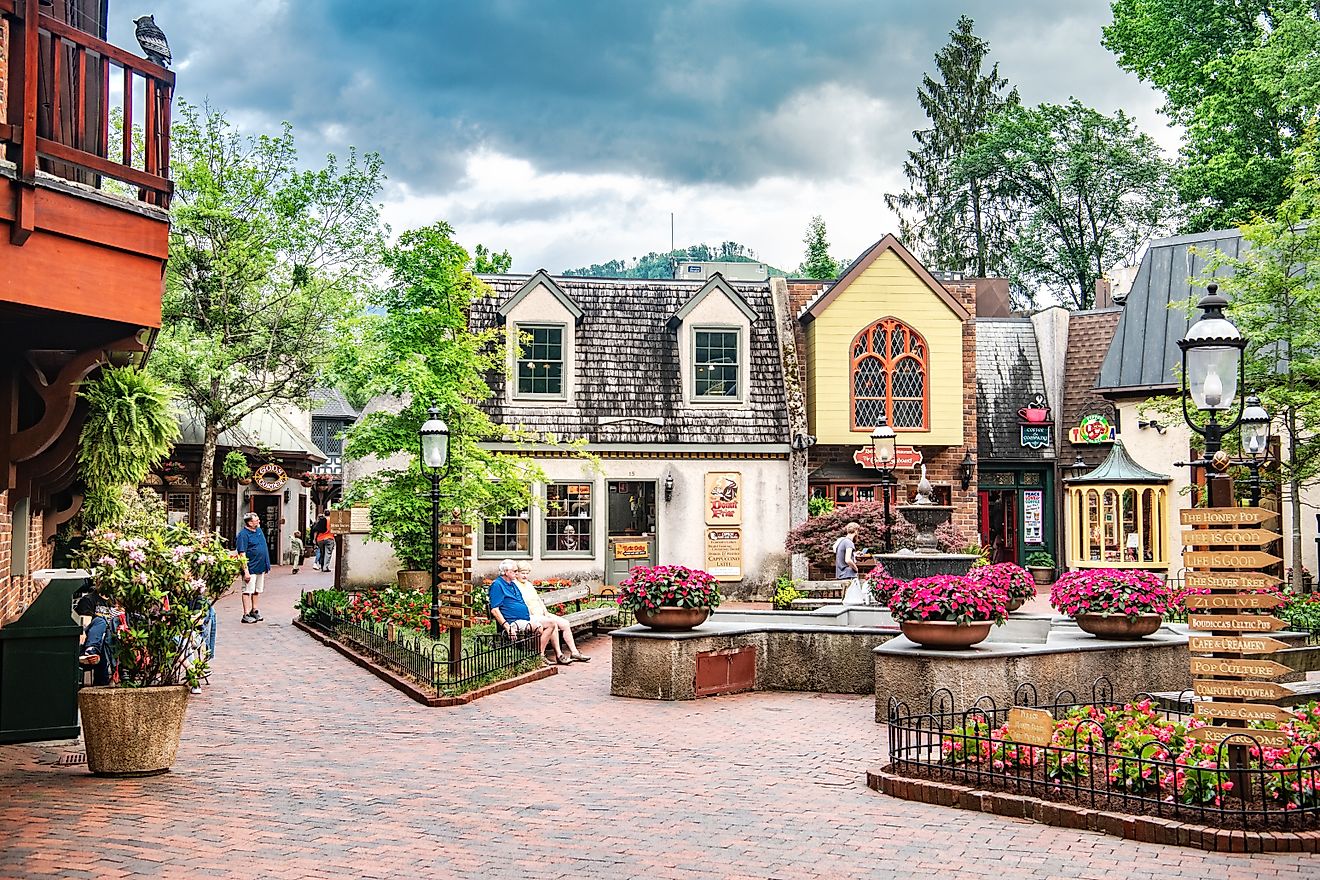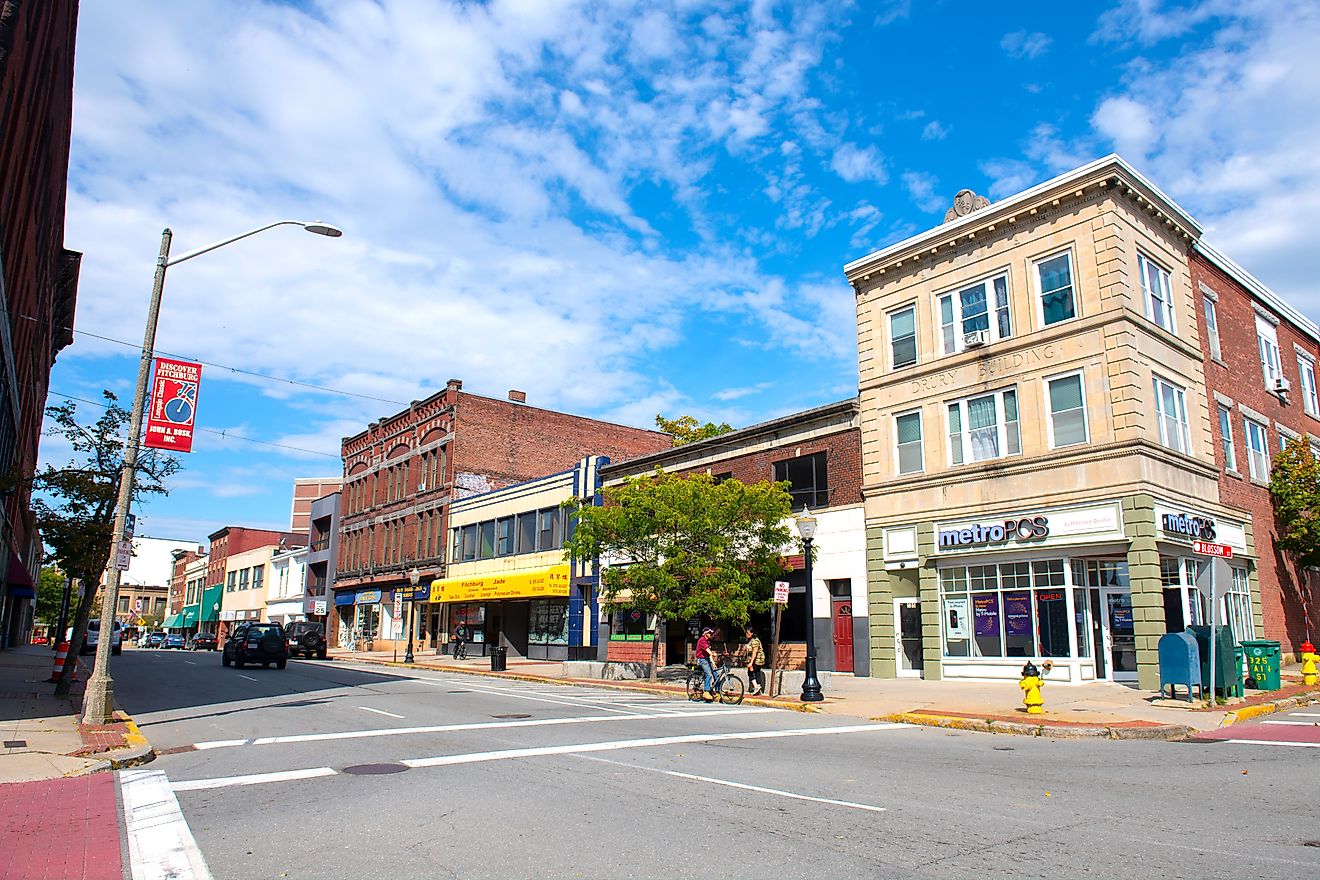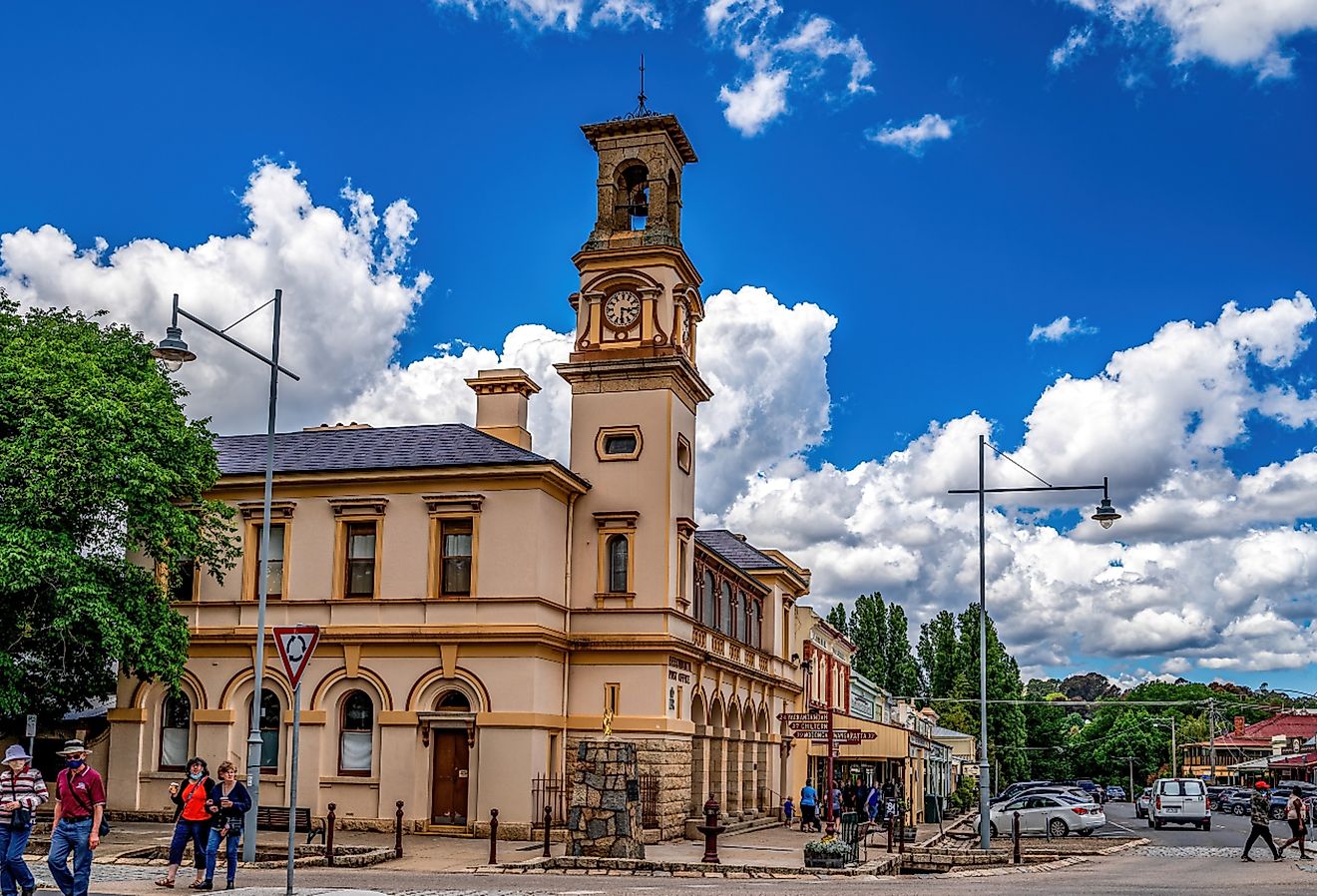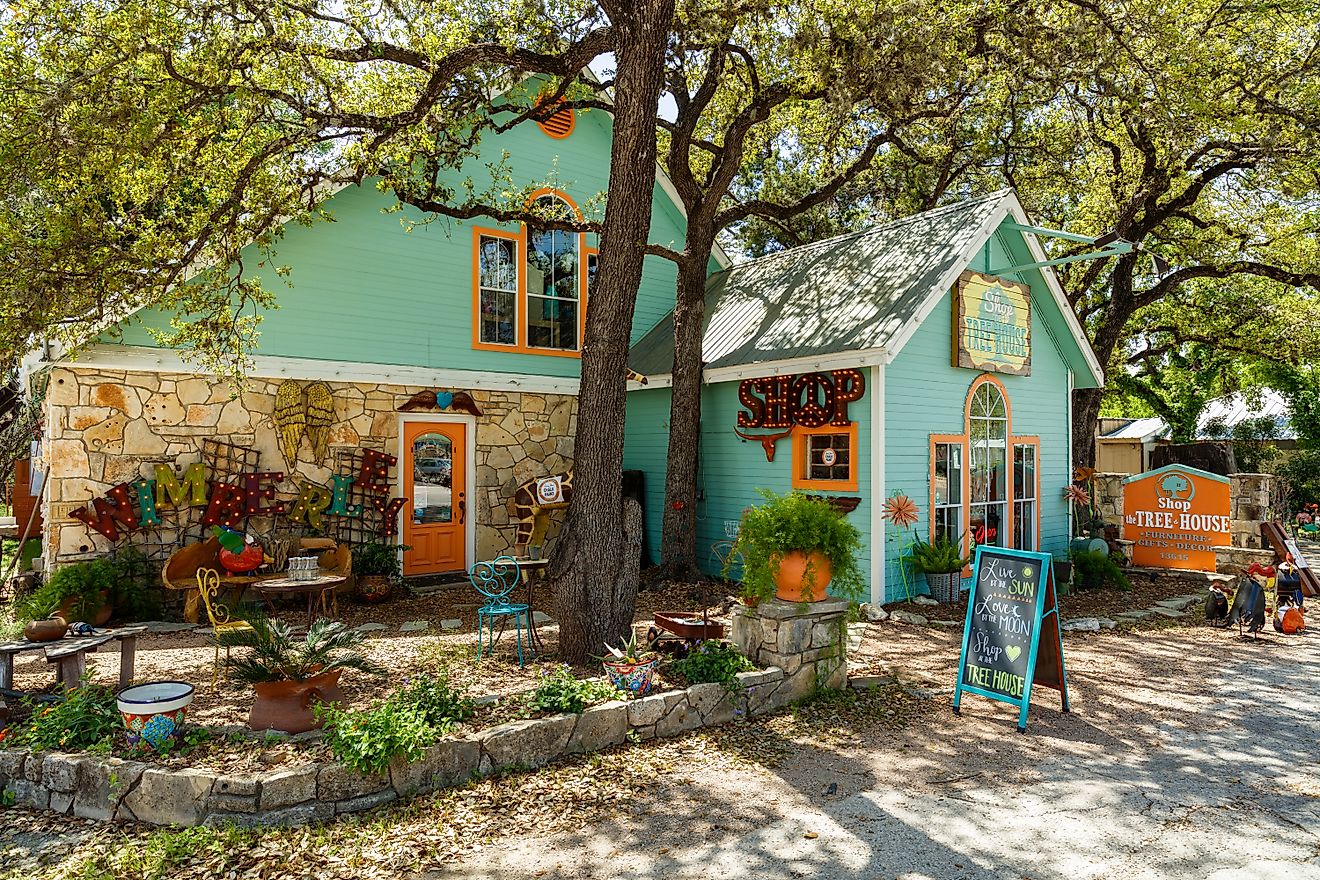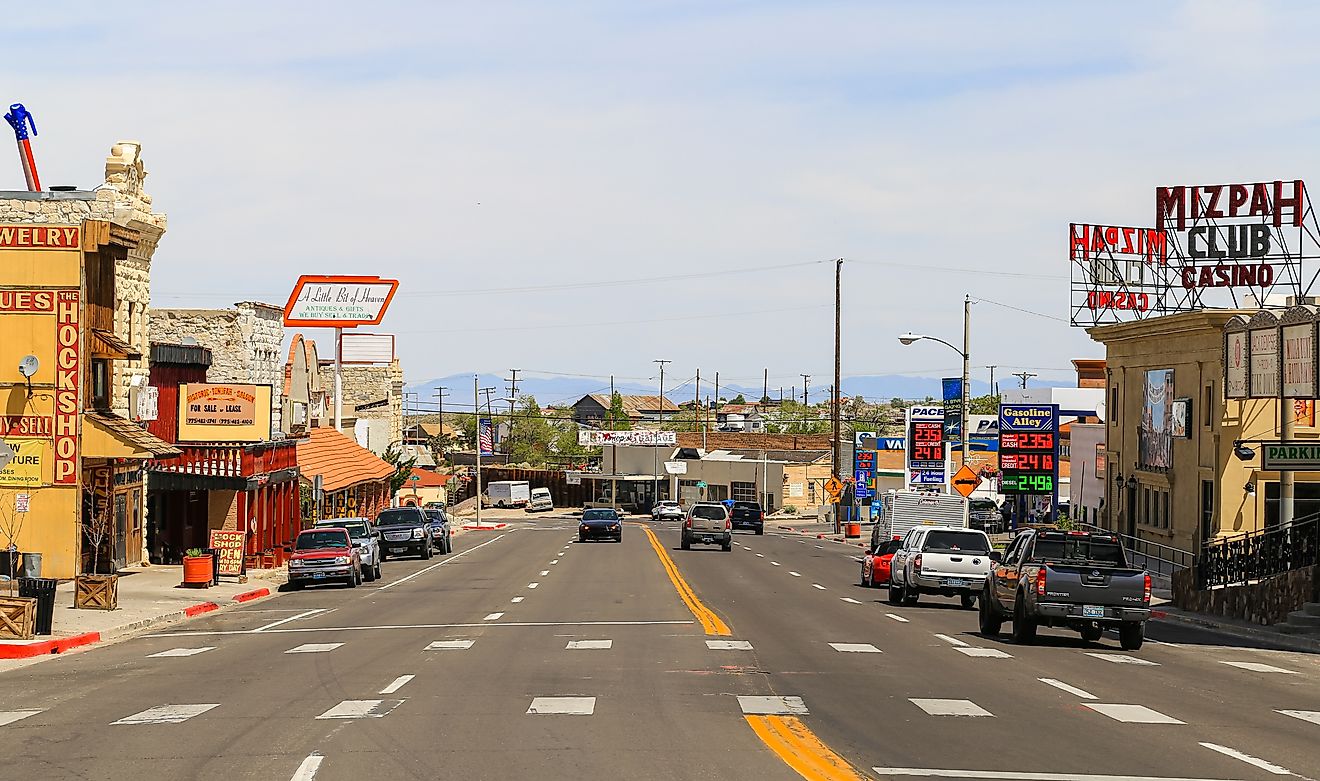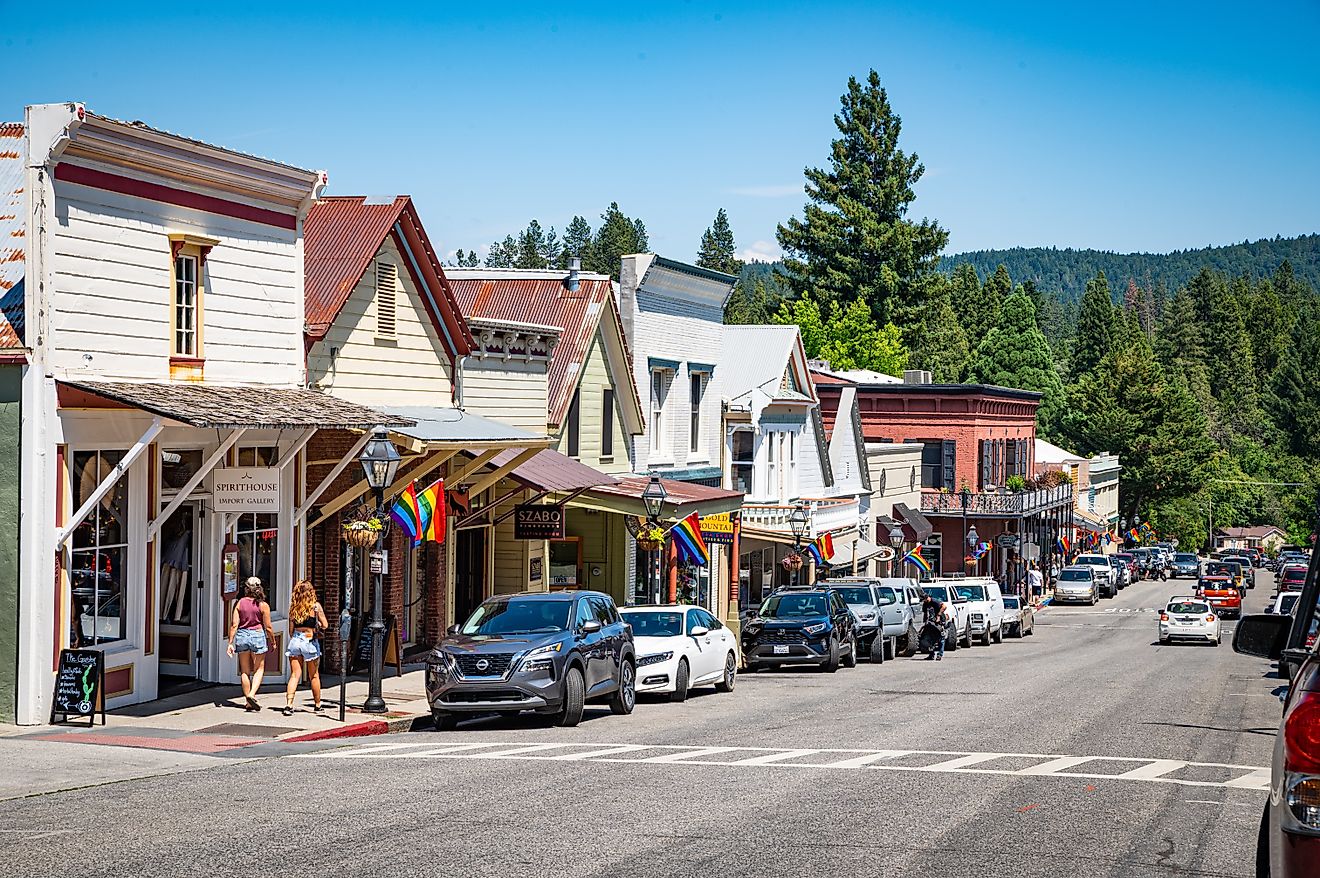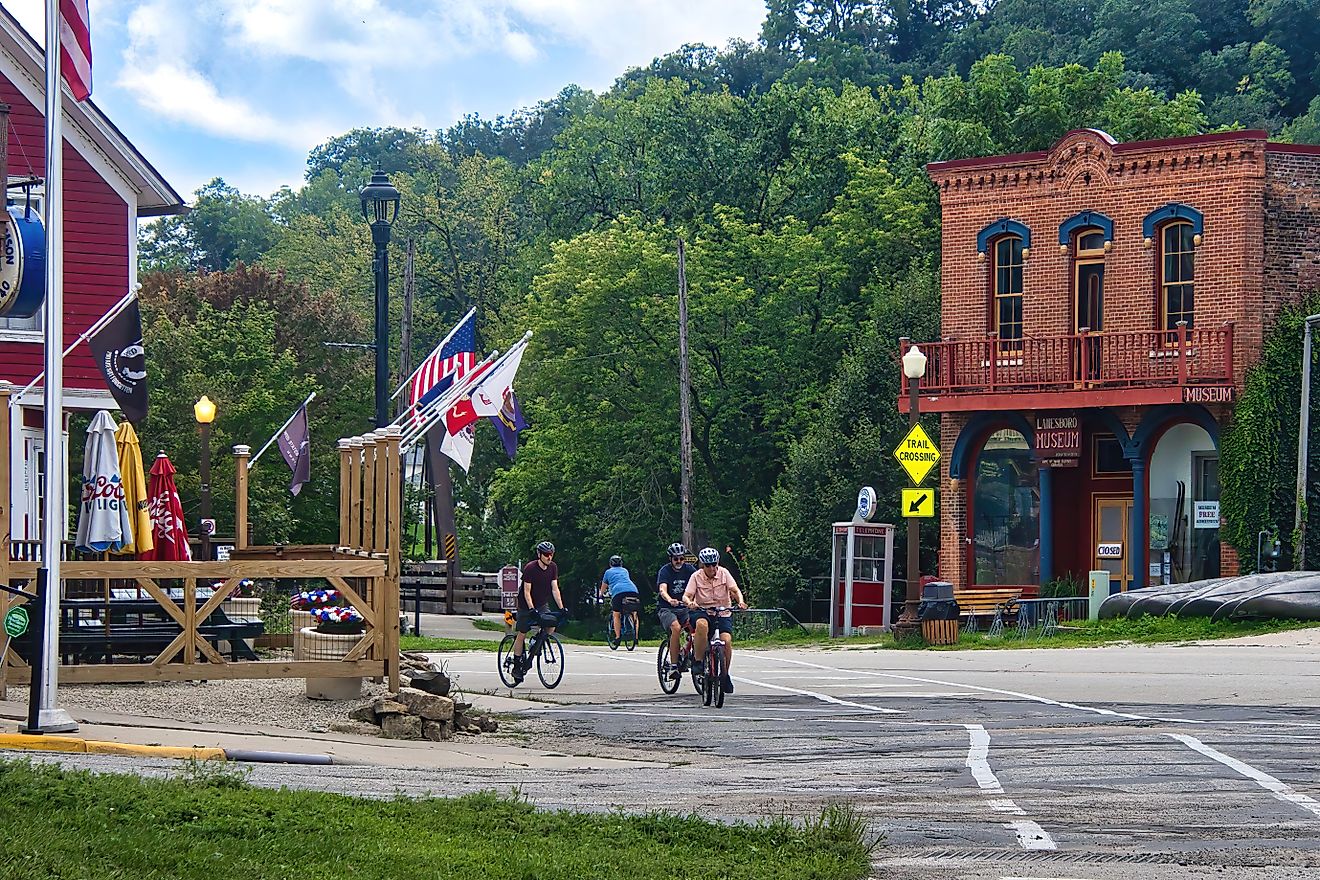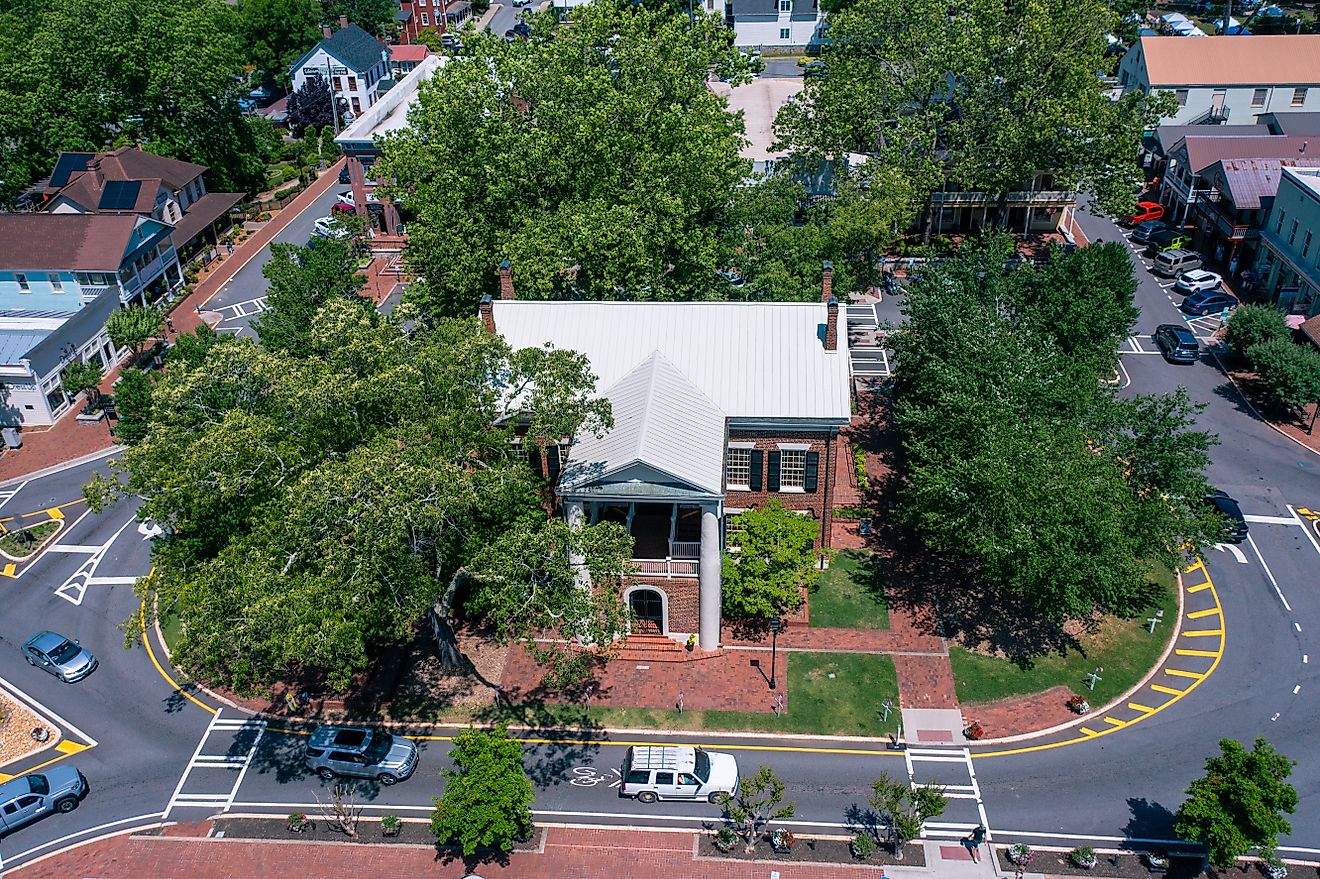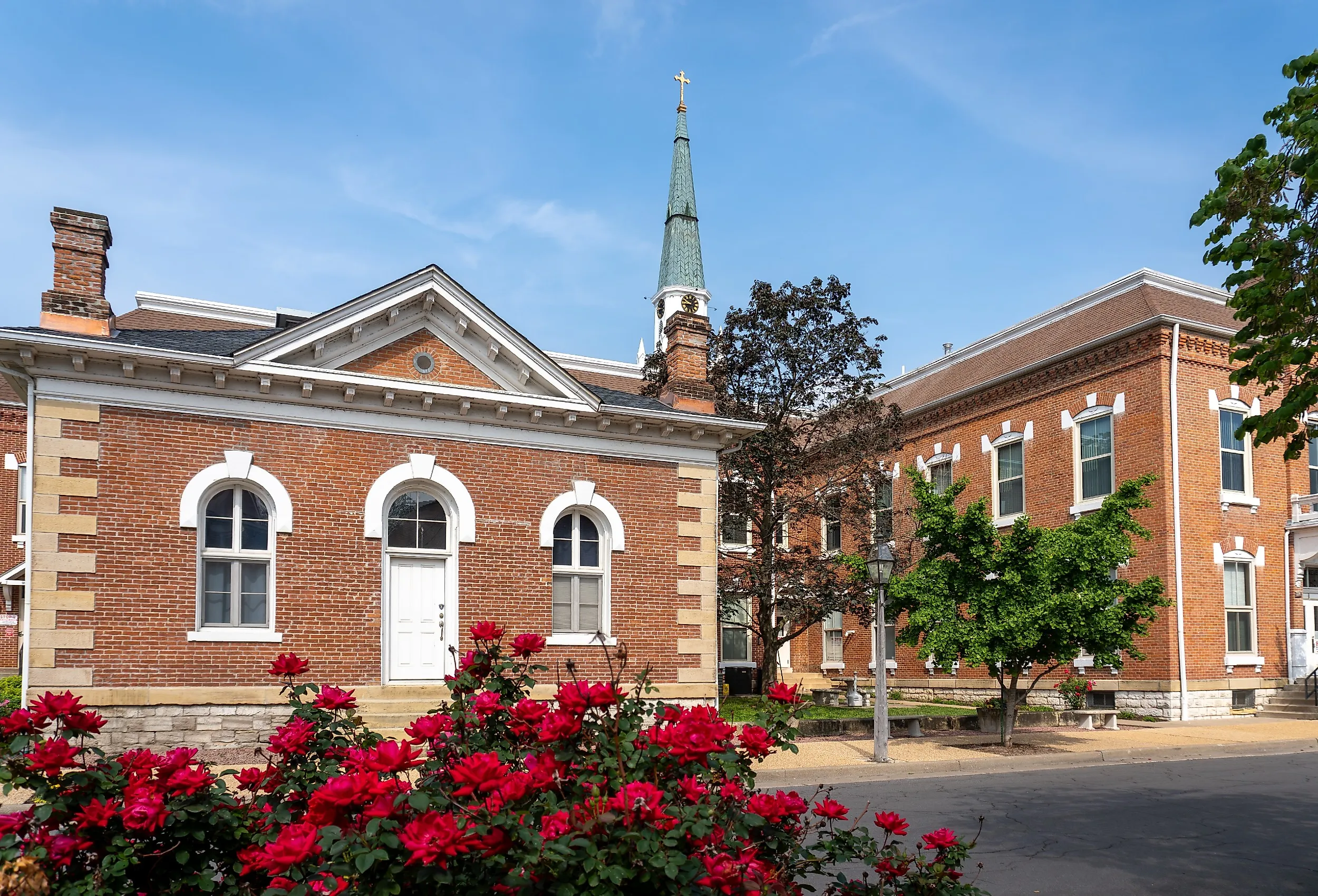
These 7 Missouri Towns Have The Best Historic Districts
What ties together French settlers, German artisans, and frontier lawmen? They all contributed to Missouri’s small-town historic districts. Located in the nation’s center and bordered by eight states, Missouri entered the Union in 1821 as the 24th US state. The state’s early years were defined by the Louisiana Purchase, westward migration, river trade, and the Civil War. Today, its towns still hold buildings that tell their history: brick saloons, federal courthouses, and homes from the 1800s, all in districts that can be easily explored on foot. Be sure to check the tour times, wear comfortable walking shoes, and prepare to step back in time to experience living history.
Hermann
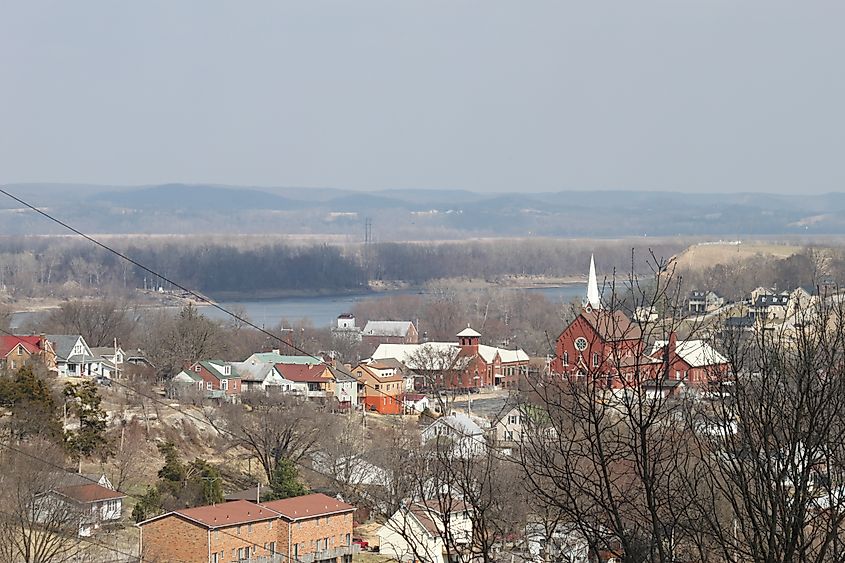
Did you know Hermann once had a German-language newspaper that was shut down after World War I? The town’s strong German roots still show in every step. Begin your journey in historic Hermann at the Deutschheim State Historic Site, where guided tours are available through two 19th-century homes: the Pommer-Gentner House and the Carl Strehly House, which were both built in the 1840s and show what life was like for early German settlers along the Missouri River. From that location, walk a few blocks south to reach the Historic Hermann Museum, located in the former German School Building, which features exhibits on immigration, river trade, and daily life.
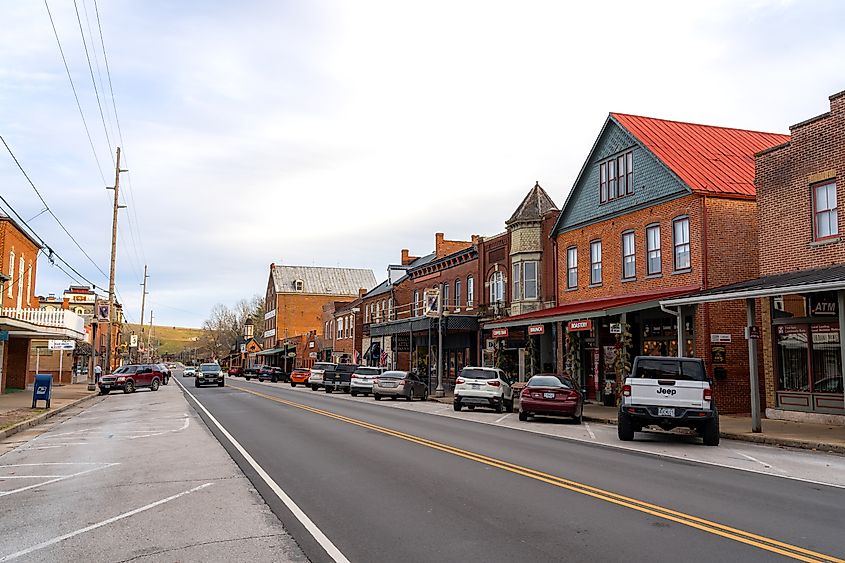
Next, visit Hermann Farm Museum, a restored farmhouse from the 1900s that houses original barns and buildings. You can also experience majestic Shire draft horses, originally bred for farm work in the area. Finally, enjoy bratwurst and beer at Tin Mill Brewing, or plan to return for Wurstfest, which takes place in March.
Ste. Genevieve
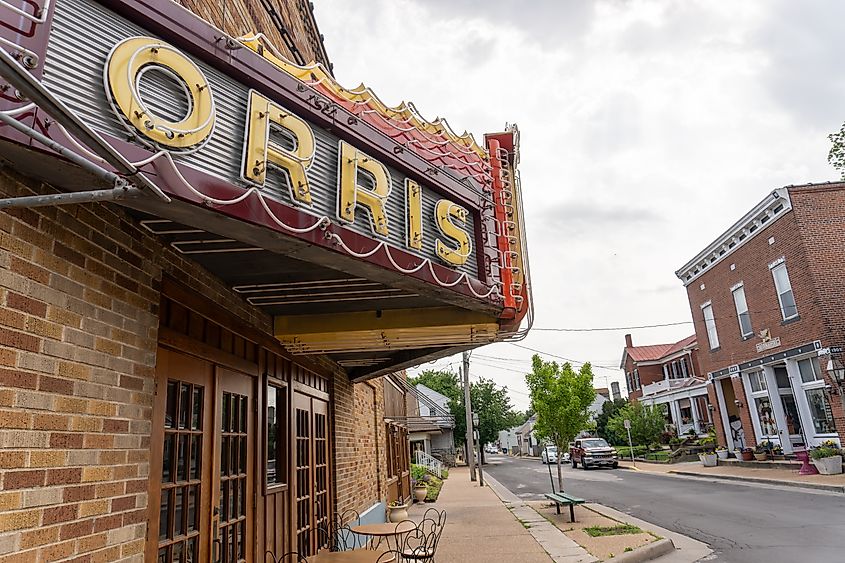
Ste. Genevieve is Missouri’s oldest permanent European settlement, founded in the mid-1700s. The French origins of the town can be seen in its well-preserved colonial architecture. Start your visit at The Centre for French Colonial Life & the Bolduc House Museum, where guided tours share how the French settlers lived, farmed, and built their homes centuries ago. Walk to Twin Oaks Vineyard & Winery, a part of the Route du Vin Wine Trail that started as a small venture between three couples and has now become a local tradition.
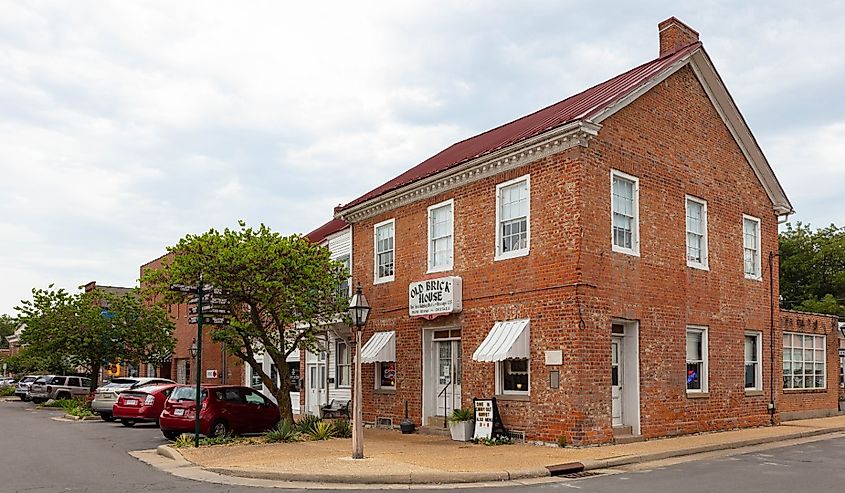
Afterward, walk around downtown Ste. Genevieve, where you can visit the Felix Vallé House State Historic Site, and browse art and antiques at ASL Pewter. If you are in town in June, experience the French Heritage Festival, a town-wide celebration of over 300 years of French culture, language, and cuisine.
Arrow Rock
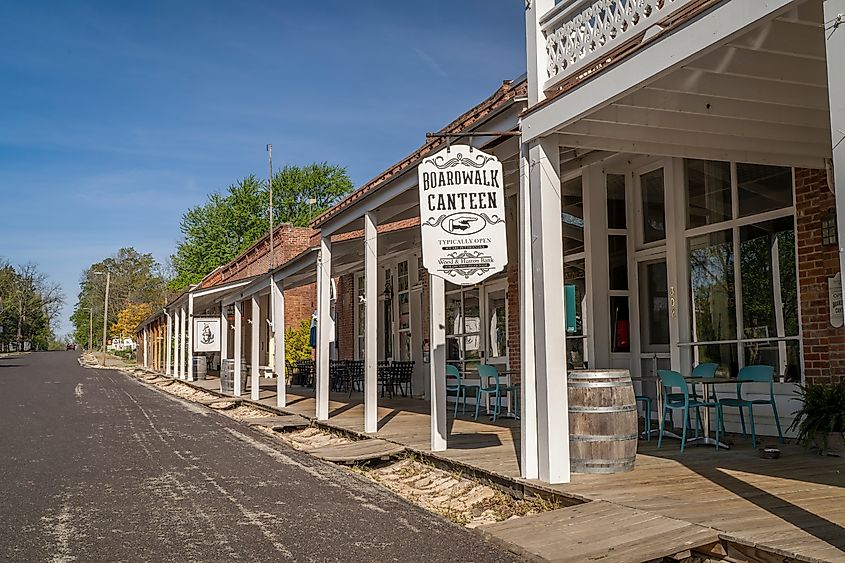
Arrow Rock is a National Historic Landmark village with fewer than 60 residents. Here, you will stroll through streets characterized by the structures of Boone’s Lick Country, an integral region along the Santa Fe Trail. Start at the Arrow Rock State Historic Site, where you should enter the J. Huston Tavern, which has served meals since 1834, making it the oldest continuously operating restaurant west of the Mississippi.
Next, follow Main Street to visit the Arrow Rock Lyceum Theatre, a professional stage located in a historic church. Make sure to check out the George Caleb Bingham House and the Old Courthouse. Then stop by Arrow Rock Antiques to peruse vintage treasures before you leave town.
Lexington
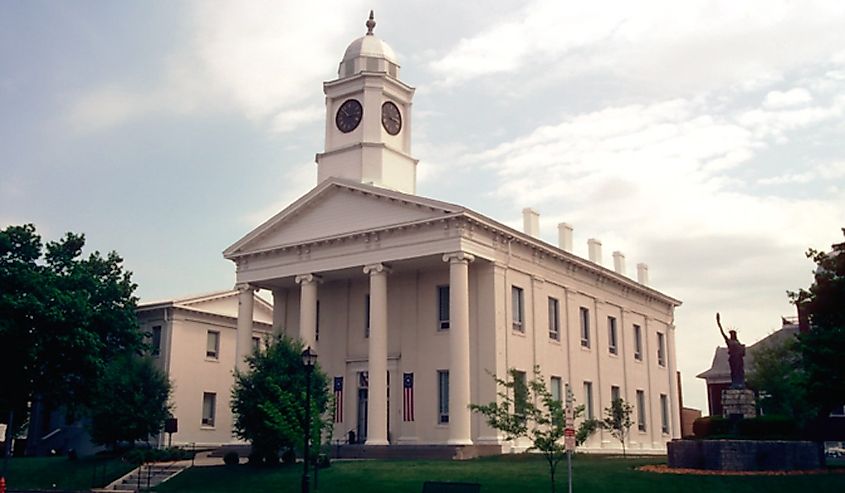
In Lexington, the past is literally embedded in the walls, like the cannonball from the 1861 Battle of Lexington still lodged in the courthouse. Begin your walking tour at the Lafayette County Courthouse, which dates back to 1847, and then proceed to the Wentworth Military Academy Museum, located in a military academy built in the early 1800s, which documents the history of one of the oldest military schools west of the Mississippi.
Once you have checked that site off your list, head uphill to the Battle of Lexington State Historic Site. You can still see cannonball scars on the Anderson House from the siege. Tour the preserved battlefield and walk the site's trail, which will take you by defensive earthworks and overlooks of the river. As you venture down Main Street, visit River Reader Bookstore inside an original 1880s building with its interior preserved, and browse other antique shops inside the 19th-century buildings.
Weston
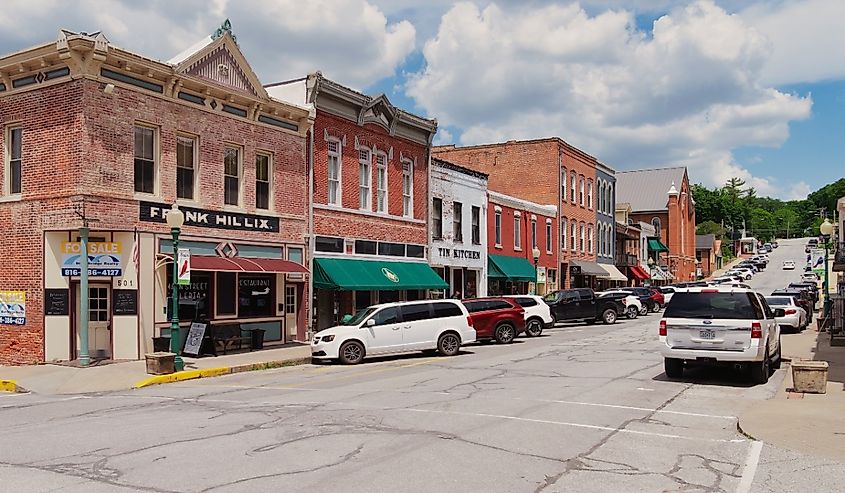
Weston’s historic district includes more than 60 preserved buildings from the mid-19th century. Begin your journey at Weston Main Street Antiques, a spacious antique shop filled with furniture, Americana, and vintage treasures. A few doors down from the antiques store is Renditions Polish Pottery Shop, featuring hand-painted pottery in a building from the late 1800s. A block away, the Ben Holladay House was once home to the “Stagecoach King,” who built the oldest distillery in Weston and helped put Weston on the map.
If you are looking for something to drink, check out Pirtle Winery in the former Lutheran Evangelical Church or the Holladay Distillery, which still makes its spirits using limestone springs that remain unchanged since 1856. If your visit coincides with October, do not miss Applefest, which takes over the district with craft booths, food stalls, and historical walking tours.
Washington
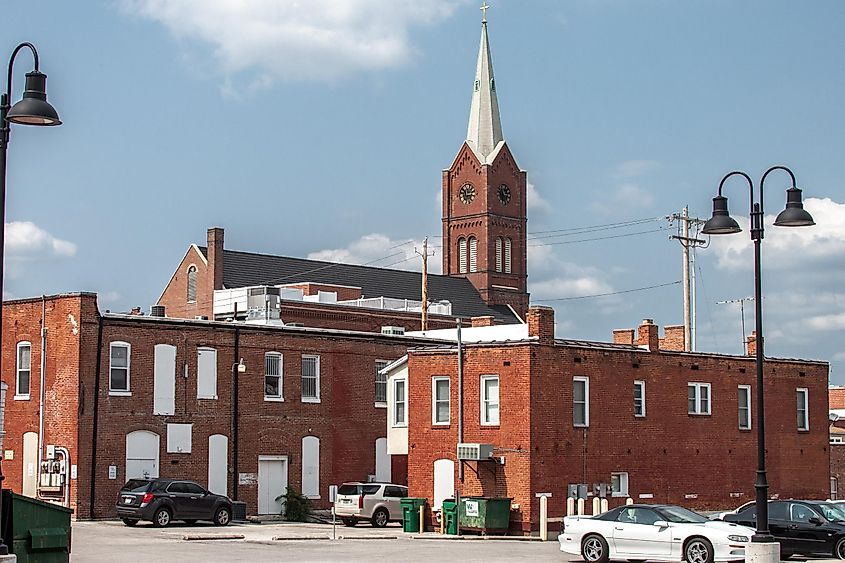
The Downtown Washington Historic District contains over 80 historic buildings. Start your adventure at the St. Francis Borgia Catholic Church, a local landmark from 1869 that features twin towers and is still active today. From there, walk down Main Street to Neighborhood Reads, an independent bookstore in a renovated 19th-century building. Cross to the Farmer’s Market Pavilion, where local vendors provide fresh produce and crafts from the timber-frame structure just across from the river’s edge.
Continue to the Washington Historical Society Museum, housed in a former Presbyterian Church from 1865, with exhibits about steamboat commerce, local industry, and how local railroads were used to freight items. Finally, round out your walk with a quick uphill walk to the John B. Busch Brewery Cellars, with seasonal tours of the original tunnels from a brewery before Prohibition. At the end of November, come back to Washington to take in the Holiday Parade of Lights, a local event where residents float decorated floats past storefronts downtown with the shops lit for the holidays.
Fayette
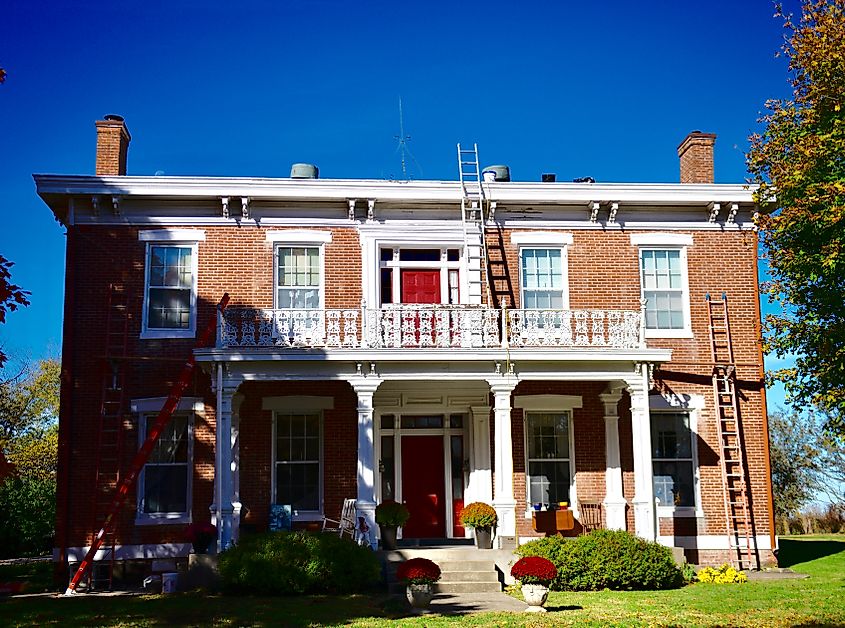
Fayette preserves three historic districts within walking distance of one another. The Howard County Courthouse Square Historic District is anchored by the Howard County Courthouse, built in Romanesque Revival style in 1887, notable for its clock tower that still works. The Dr. Uriel S. Wright Office is situated directly across the street and has been preserved as a 19th-century medical office, displaying original furnishings and handwritten records. Also on the square are law offices and bank buildings that date from the 1890s.
From the square, continue to the Fayette Residential Historic District, where the Joseph Shepard House, an Italianate home from the 1850s, and the Campbell-Stilwell House, one of the finest local examples of Queen Anne architecture, stand. Finish at the Central Methodist College Campus Historic District, where Linn Memorial United Methodist Church and T. Berry Smith Hall form the oldest part of the campus.
Brick by Brick
Missouri’s small towns have preserved far more than buildings. They have kept timelines, names, bullet holes, and courthouse documents. The seven historic districts featured here are not frozen in time. They are living environments where people continue to gather, shop, eat, and celebrate. Churches still ring bells, homes still have family stories, and former saloons now serve barbecue or antiques. If you are interested in seeing history that is not behind glass, walk these blocks. Read the plaques. Sit under the same trees. These towns are still alive, still real, and still standing for anyone willing to stop and see.
